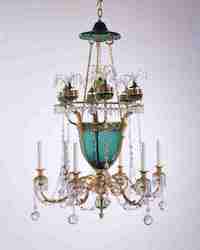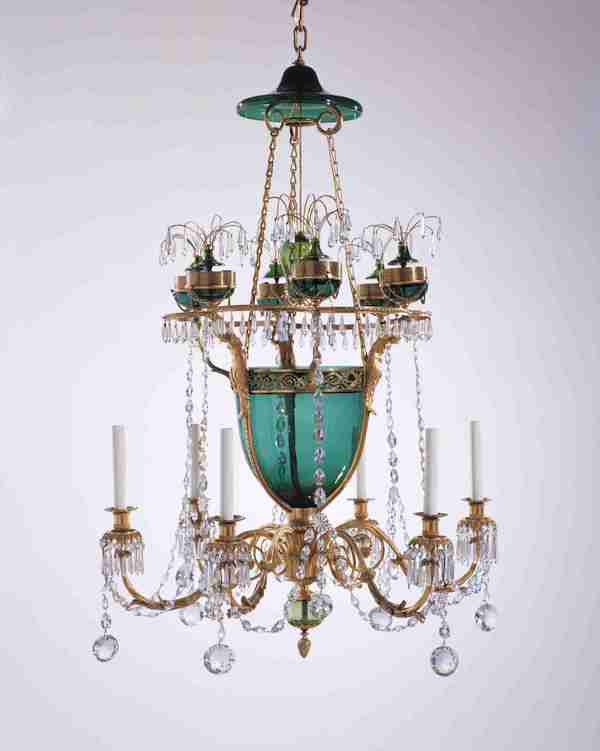
WASHINGTON — The special exhibition “Glass: Art Beauty Design” on view at Hillwood Estate, Museum & Gardens through January 14, 2024, will explore the fascinating world of glass and its use in both everyday life and as art. Transparent or opaque, fragile yet impervious, glass has inspired artists and designers, stimulated scientists and engineers, and captivated collectors with its beauty and practicality. Hillwood founder Marjorie Merriweather Post was no exception, and she amassed more than 1,600 pieces of glass, created in the 17th-20th centuries in Europe, Russia and the United States. This special exhibition will highlight this lesser-known aspect of Hillwood’s collection, featuring a range of styles and techniques while placing the historic creations in dialog with astounding contemporary artworks.
First made in Mesopotamia and Egypt, glass has been produced in different forms and with various techniques for more than 3,500 years, now used in most societies throughout the world. Though made of simple ingredients — sand (silica) with additive (plant ash or natron, a type of salt) to lower sand’s fusion temperature, and lime to stabilize it — it is a challenging material that requires innovation and dexterity, though the creative possibilities are endlessly versatile.
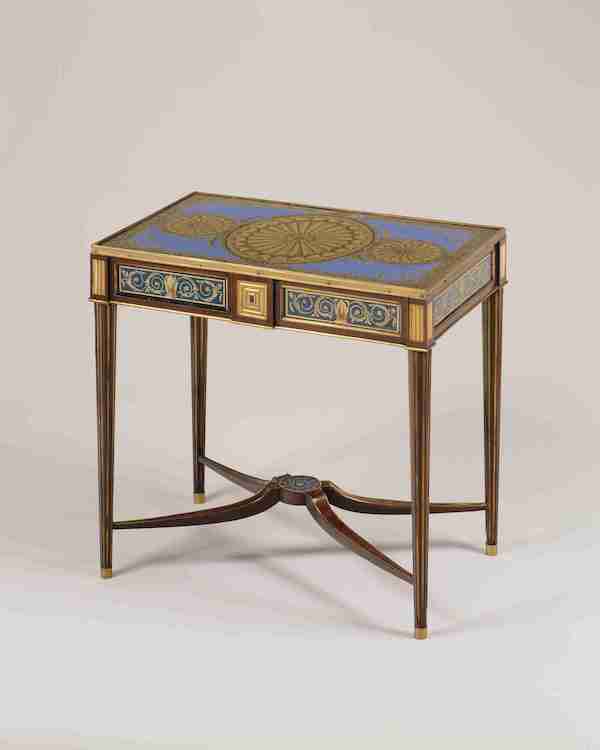
Accordingly, Hillwood’s collection includes glassware, decorative vases, candelabras, chandeliers, mirrors and more, all of which speak to Marjorie Post’s love of entertaining and interior design. Glass will explore the depth and breadth of Post’s collection of historic pieces, placed alongside loans, and will contextualize the history of glass-making techniques. Additionally, the special exhibition will explore Post’s appreciation of early American glass for the first time, with objects that, as her daughter Eleanor Post Close once described, she “loved and collected for many years.” Among the highlights will be monumental candelabras from the famous Baccarat glassworks, which have not been on view since the 1930s.
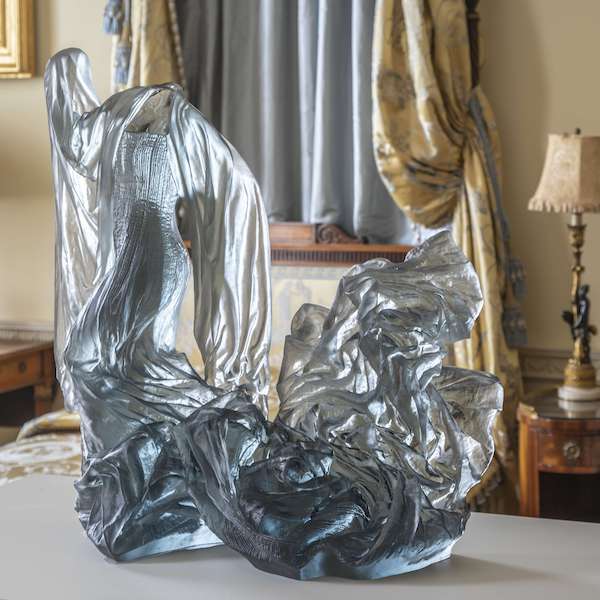
Karen LaMonte, ‘Etude 11,’ 2020. Cast glass. Courtesy of Hillwood Estate, Museum & Gardens. Photo credit Erik Kvalsvik
Contemporary pieces on loan for the exhibition by artists Karen LaMonte, Beth Lipman, Debora Moore, Joyce Scott, Tim Tate and Fred Wilson will highlight the enduring fascination with glass and developments in the landscape of glass art. Works by artists Karen LaMonte and Joyce Scott speak to Post’s love for fashion and beadwork, while a sculpture by Beth Lipman will replace a historic table collected by Post. Enchanting glass orchids by Debora Moore will be juxtaposed with Hillwood’s fresh flower arrangements.
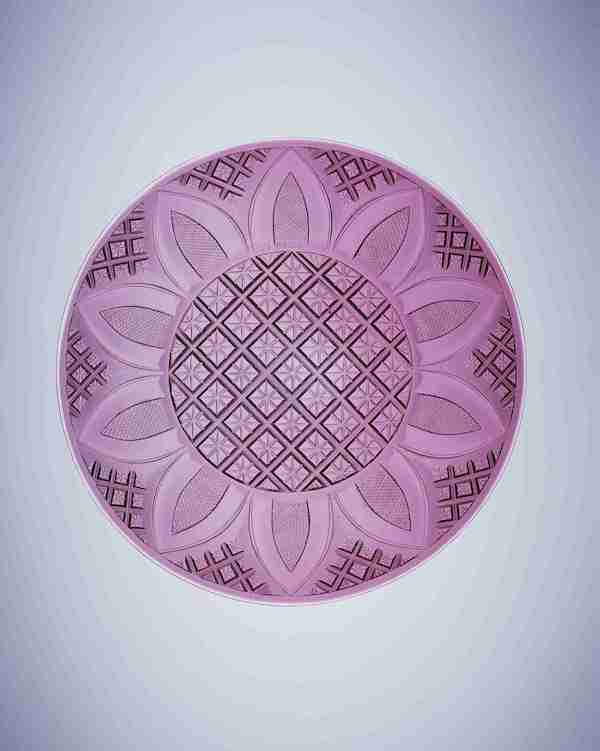
Plate produced by the Imperial Glass Manufactory, Saint Petersburg, Russia, circa 1846. Cut colored glass. Courtesy of Hillwood Estate, Museum & Gardens.
Organized into five sections, it will open with an exploration into “What is glass?” looking at the material’s properties and uses. Objects on view will range from bowls and vases to lighting vessels to a magnifying glass and a daguerreotype, representing the scope of glass. The exhibition will then present Hillwood’s collection of glass, organized by region. This includes Italy, Bohemia, Russia, France and the United States. Additionally, there will be features on glass furniture and pieces inspired by nature.
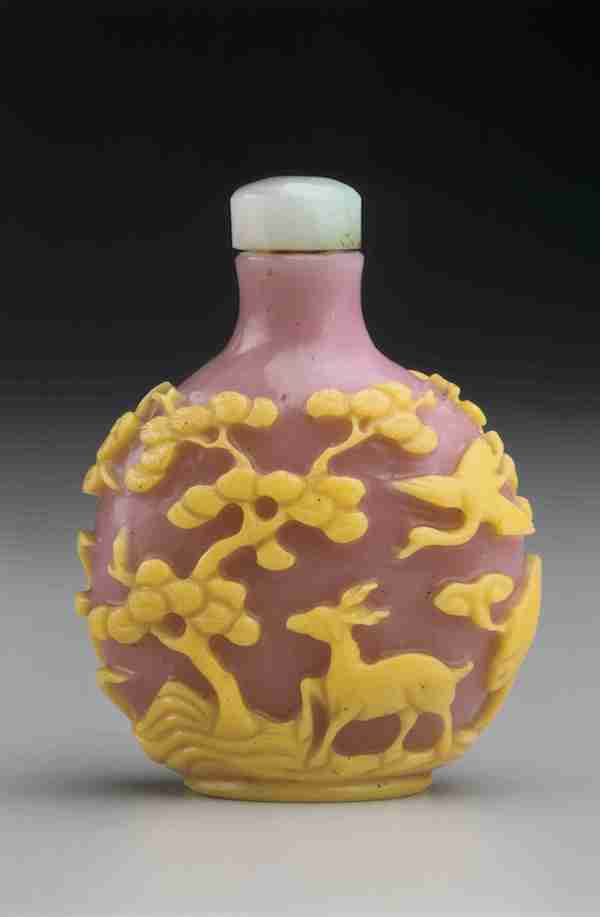
Next will be a small gallery focused on drinking vessels, perhaps the most common use of glass today. Subsections include champagne, water, wine, liqueur and cocktail vessels in an extraordinary array of shapes and colors. Glass has also been used to create commemorative pieces, highlighted in a following segment. These items feature monograms, coats of arms and portraits, celebrating both individuals and events.
The section focused on lighting devices will include glittering candelabras and chandeliers. In a first for Hillwood, the magnificent Russian chandelier from the breakfast room will be removed from the mansion and displayed in the Adirondack building to offer greater access to the piece. A brilliant example by contemporary artist Fred Wilson will take its place.
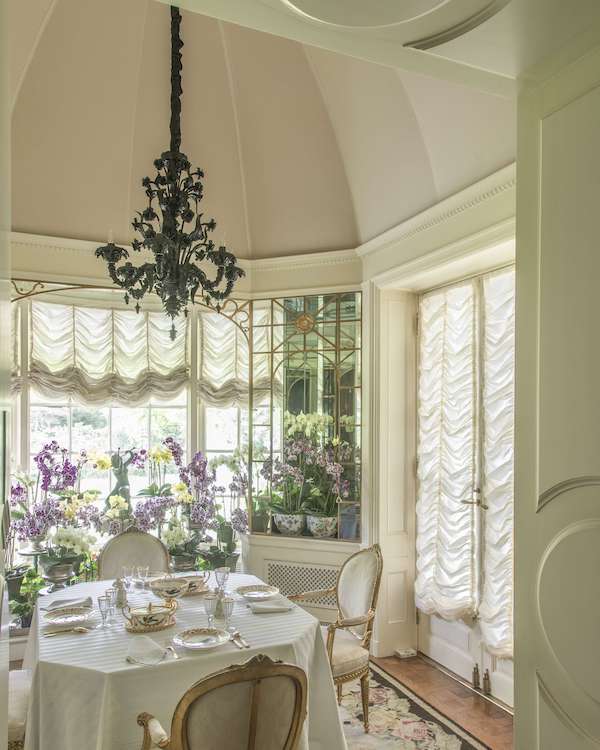
The exhibition will conclude with a section titled “This is made of glass!” highlighting the sometimes surprising forms into which the materials are transformed. From fashion to decorative objects, glass has permeated a variety of fields due to its versatility and beauty, as seen in the objects on view.
Visit the website for Hillwood Estate, Museum & Gardens and see its dedicated page for Glass: Art. Beauty. Design.


